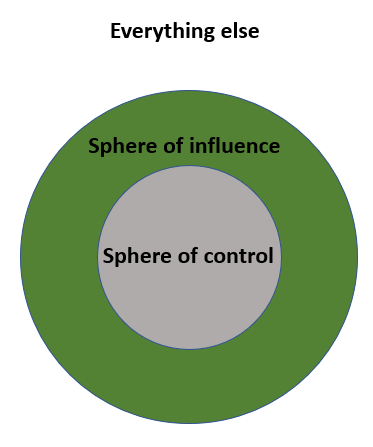The role of educators and leaders in shaping the future
Many educators, school leaders, and education systems are eager to help shape the future of learning, but knowing where to start can be hard. While individual roles may differ, this change is collective. There are many big and small ways that everyone involved in education can begin to make changes that benefit the class of 2030.
"Microsoft learning tools have been a game changer, and has really allowed students to express what they know, and to raise their social emotional well being and engagement within the classroom."
Robert George, School Psychologist, Louis Riel School Division
What the research says
Everyone has a role to play in transforming teaching and learning. Consider the ways that you, along with the educators in your building and your system leaders, can engage in collective change.
School leaders
- Create “cultural climate” and set the vision and direction
- Enhance educators’ professional development opportunities
- Model staff development itself after personalized learning initiatives
- Identify social emotional skills for educators to model
- Promote innovation in teaching and learning by providing educators time and resources
Educators
- Collaborate with other educators to create programs that address social emotional skills
- Harness teachable moments to develop and reinforce social emotional skills
- Participate in PLCs and CoP
- Leverage digital environments so students can explore identity and make responsible decisions
System leaders
- Prioritize social emotional skills and personalized learning approaches
- Protect existing and advocate for more resources and time to equip educators and leaders
Knowing where to start can be hard. Consider your sphere of influence. As a leader, you have three levels of effect: what you can control, what you can influence, and everything else—all the things outside of your control.

Using this model, reflect on the things you have control and influence over when engaging in collective change in shaping the future of teaching and learning in your school. It may be helpful to choose one aspect of transformational change, such as implementing opportunities for engaging students in social emotional learning or leveraging technology to promote student-centered learning. Wherever you choose to start, begin with the things you can control. Be specific and think in terms of what is actionable. Then, consider the things you can influence, and how to best use this influence. Last, think about all of the things that are out of your control and that you have no control or influence to change. These are the things you don’t need to waste time, energy, or effort on.
What it can look like
Explore the following resources to learn how leaders and educators from around the world are leveraging Microsoft tools to shape the future of teaching and learning. These change makers offer insights into how to prepare today’s students for the jobs of tomorrow and ways that technology can empower students to lead in their learning.
Fostering self-management skills and personalized learning in an elementary setting
- Read how two educators from Utah, teaching students in their school’s Spanish/English immersion program, are using Microsoft tools to provide students with a program that helps them develop self-management.
Tech tools amplify student voice
- Learn how a veteran educator in Canada is using Microsoft tools to engage students in high levels of critical thinking while helping them discover newfound confidence and to encourage cultural learning opportunities supporting mental health and wellness.
Actions you can take
As a leader, there are many things you can do to model expectations and practice for educators. Advocate for and involve yourself in strategies that give educators greater confidence with both tools and online collaboration. Focus on showing, rather than simply telling.
Have teaching staff engage in hands-on professional learning experiences
- Model learning experience design
- Develop empathy
- Raise awareness around the challenges and opportunities socially embedded tasks provide
Make professional learning personalized
- Allow educators to individualize pace, entry points, and credentialing
- Allow educators to choose their preferred learning model
Introduce staff to online communities of practice
- Build understanding and purpose of chosen platform
- Help support the social context in which learning can happen
Engage yourself in digital transformation
- Leadership and Policy (course)
- Technology Blueprint (course)
- Modern Teaching & Learning (course)
- Transformation Framework: Intelligent Environments (course)
Learn more
- A 3-step Guide for Choosing the Right Technology for Your School (ebook)
- Harnessing the Power of Digital Transformation in Education (mini-briefing)
Reflection questions
Preparing today’s students for the jobs of tomorrow requires designing learning experiences and using technology to empower students to lead in their learning. Reflect on actions you can take to support educators and inform system leaders in creating collective change. Share your thoughts, wonderings, and ideas with your team or colleagues.
- Do you and your staff have a shared vision for what teaching and learning will look like in your school in 2030?
- What are three small steps can you take to create more buy-in and shared ownership of this vision among your educators? Among the students? Among the community?
- What opportunities and challenges exist in transforming your school for the future?